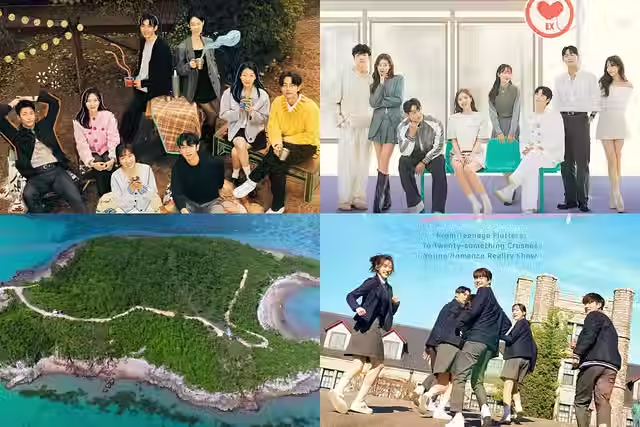What Our Choice of Dating Reality TV Means
- Eugenie Wang

- Mar 28
- 2 min read

Photo courtesy: Sportskeeda
Dating reality TV has become a global guilty pleasure in entertainment, but on-screen romances can lack consistency. Reality dating shows often place contestants in unrealistic yet captivating situations—from reuniting exes to falling in love without face-to-face contact. Despite sharing the same genre, Korean and Western dating shows take strikingly different approaches. The Korean series Single’s Inferno, since its debut in 2020, has gained prominent media attention for showcasing charming contestants on a deserted island, competing in games for luxurious overnight dates. In comparison, British reality show Love Island, reproduced 22 times worldwide, places contestants in a lavish villa where they complete challenges and build relationships. While both series gratify our desire for vicarious excitement, cultural differences shape how dating is portrayed and perceived.
A Korean fan might need time to recover and cool off after a simple hand-holding incident, while a Love Island fan feels indifferent to a contestant’s third kiss in one episode. South Korea’s Confucian-influenced values emphasize subtlety in courtship, where public displays of affection are usually deemed inappropriate. (A Single’s Inferno one-bed scene once broke the Korean side of the internet… by having two people just close together.) Meanwhile, Western dating shows excel in boldness—featuring open love feuds, rapid partner swaps, and physical affection that repeatedly skirts the need for R-rated media censorship.
Ultimately, each show is a matter of preference. Korean shows are masters of slow-burn, sustaining the will-they-won’t-they tension, like how Single’s Inferno episodes always leave audiences in a decisive moment. Though the pace is slow, the sheer tension from the emotional constraint tickles the viewers’ heartstrings. Western shows, on the other hand, waste no time in subtlety. Love Island follows a straightforward recipe—throw attractive singles into a villa, add alcohol, and watch the chaos unfold. Its appeal comes from the unfiltered spectacle of intense drama, making the drama-like reality all the more enjoyable.
Whether or not in-show couples last beyond the show is rarely our concern, rather, what keeps us watching is reassurance: no matter how shaky our dating lives may be, others are navigating messier situations. Watching flawless people get together gives us pleasure. Nevertheless, these shows have their faults. The producers handpick the cast with ideal visuals, setting rocket-high standards that viewers will struggle to meet. Worse, the likely staged and exaggerated drama among contestants invites toxicity into real-life romance, as younger viewers may form distorted relationship expectations. Tragically, the toxicity is also present in mean comments that attack the contestants’ characters on social media. Three suicides committed by former Love Island members are tied to online harassment. Some viewers forget that these are edited snippets and immerse themselves too deeply, which is perilous for each end’s mental health.
For the better or the worse, dating shows lay bare the unpredictable nature of love. Cultural values divide Korean and Western dating shows miles apart, but gaining exposure to diverse dating norms is valuable in a globalized society. In our search for escapism or romance, no single show can capture all dimensions of love. These cultural crossovers do, however, remind us that there isn’t one “right” way to date—whether you’re team slow-burn or team here-for-the-mess.











Comments